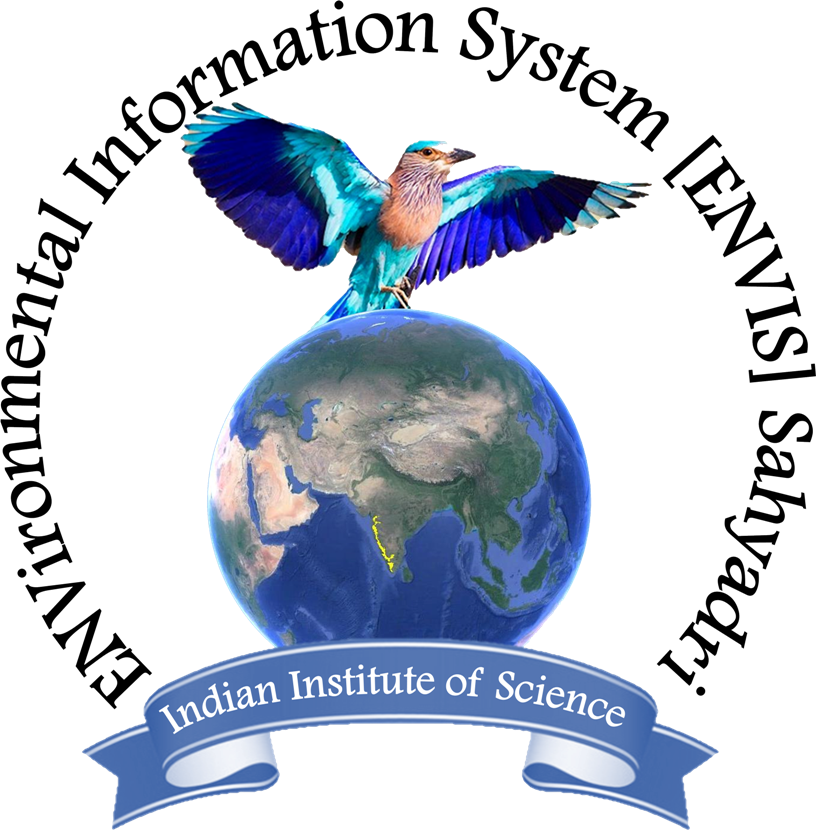Integrated Wetlands Ecosystem at Jakkur Lake, Bangalore: Optimal Wastewater TreatmentCite
Ramachandra T.V., Durga Madhab Mahapatra, Sudarshan P. Bhat, Asulabha K.S., Sincy Varghese, Bharath H. Aithal
ENVIS[RP], Environmental Information System, Energy and Wetlands
Research Group,
Centre for Ecological Sciences, Indian Institute of Science -
560012
envis.ces@iisc.ac.in
tvr@iisc.ac.in Phone:
080 22933099/22933503
10.0 References
1. Amengual-Morro, C., Moya-Niell, G., & Martinez-Taberner, A.(2012). Phytoplankton as bioindicator for waste stabilization ponds. Journal of Environmental Management,95: 71-76.
2. APHA (1998): Standard Methods (20 Ed.) for the examination of water and waste water, APHA, AWWA, WPCE, Washington DC.
3. Benjamin R, Chakrapani BK, Devashish K, Nagarathna AV, Ramachandra TV (1996) Fish mortality in Bangalore Lakes, India. Electronic Green Journal 1(6).
4. Durga Madhab Mahapatra, Chanakya H N and Ramachandra T V, 2014. Bioremediation and lipid synthesis through Myxotrophic Algal Consortia in Municipal Wastewater, Bioresource Technology, http://dx.doi.org/10.1016/j.biortech.2014.03.130
5. Durga Madhab Mahapatra, Chanakya H.N. and Ramachandra. T.V, 2013(a). Treatment efficacy of algae-based sewage treatment plants. Environmental Monitoring and Assessment, pp. 1-20.
6. Durga Madhab Mahapatra, Chanakya H.N. and Ramachandra. T.V, 2013(b). Euglena sp. as a suitable source of lipids for potential use as biofuel and sustainable wastewater treatment., Journal of Applied Phycology, pp. 1-11.
7. Durga Madhab Mahapatra, Chanakya H. N and T. V. Ramachandra, 2011a, Assessment of Treatment capabilities of Varthur Lake, Bangalore. International Journal for Environment, Technology and Management. UNESCO. 14, 1-4:84-102
8. Durga Madhab Mahapatra, Chanakya H.N., Ramachandra. T.V., 2011b. Role of macrophytes in a sewage fed urban lake. Institute of Integrative Omics and Applied Biotechnology Journal (IIOABJ), Vol. 2, Issue 8, pp.
9. Department of mines and Geology (2011). Groundwater hydrology and groundwater quality in and around Bangalore city.
10. Ganapati S, Amin P (1972) Studies on algal-bacterial symbiosis in low cost waste treatment systems. In Desikachary TV (ed.) Taxonomy and Biology of Blue-green Algae. University of Madras, Madras: 483-493.
11. Garcia J, Mujeriego R, & Hernandez-Marin M., (2001) High rate algal pond operating strategies for urban wastewater nitrogen removal, Journal of Applied Phycology 12: 331-339.
12. Garcia J, Rousseau D P L, Morato J, Lesage E, Matamoros V and Bayona J M. 2010. Contaminant Removal Processes in Subsurface-Flow Constructed Wetlands: A Review. Critical Reviews in Environmental Science and Technology. 40(7):561-661.
13. Government of India, 2008. Groundwater Information Booklet, Bangalore Urban District, Karnataka. http://cgwb.gov.in/district_profile/karnataka/bangalore_urban_brochure.pdf.
14. Karin Larsdotter (2006). Wastewater treatment with Microalgae- A literature review, Vatten 62: 31-38.
15. Kiran. R. and Ramachandra. T.V., 1999. Status of Wetlands in Bangalore and its Conservation aspects. ENVIS Journal of Human Settlements, March 1999: 16-24
16. Oswald WJ (1988) The role of microalgae in liquid waste treatment and reclamation. In Borowitzka MA, Borowitzka LJ (eds), Micro-algal Biotechnology. Cambridge U.P., Cambridge: 255-282.
17. Prescott, G.W. (1973). The Freshwater Algae: The Pictured Key Nature series. William C. Brown and Co., Dubuque, IA.
18. Prescott, G.W. (1982). Algae of the Western Great Lakes Area. Second Edition. Otto Koeltz Science Publishers, Koenigstein.
19. Ramachandra T V, Mahapatra D M, Shilpi Samantray and Joshi N V, 2013a. Algal biofuel from urban wastewater in India: Scope and challenges, renewable and Sustainable Energy review, 21 (2013): 767-777, http://dx.doi.org/10.1016/j.rser.2012.12.029
20. Ramachandra T V, Bharath H. Aithal, Vinay S and Aamir Amin Lone, 2013b, Conservation of Bellandur Wetlands: Obligation of Decision Makers to ensure Intergenrational Equity, ENVIS Technical Report: 55, ENVIS- Environmental Information System, Centre for Ecological Sciences, Indian Institute of Science, Bangalore
21. Ramachandra. T.V., Bharath H. Aithal and Durgappa D. Sanna, 2012a. Insights to Urban Dynamics through Landscape Spatial Pattern Analysis., International Journal of Applied Earth Observation and Geoinformation, Vol. 18, Pp. 329-343.
22. Ramachandra T V, Bharath H. Aithal and Uttam Kumar, 2012b. Conservation of wetlands to mitigate urban floods, Resources, Energy, and Development 9(1): 1-22
23. Ramachandra T V, Alakananda B, Ali Rani and Khan M A, 2011. Ecological and socio-economic assessment of Varthur wetland, Bangalore, Journal of Environmental Science and Engineering, 53(1): 101-108
24. Ramachandra T V, 2010. Wetlands: Need for appropriate stratergies for conservation and sustainable management, Journal of Basic and Applied Biology, 4(3):1-17.
25. Ramachandra T V and Uttam Kumar, 2010. Greater Bangalore: Emerging Heat Island, GIS for Development, 14(1): 86-104 http://www.gisdevelopment.net/application/ urban/sprawl/Greater-Bangalore-Emerging-Urban-Heat-Island.htm
26. Ramachandra T V, 2009a, Conservation and management of urban wetlands: Strategies and challenges, ENVIS Technical Report: 32, Environmental Information System, Centre for Ecological Sciences, Bangalore
27. Ramachandra T V, 2009b. Essentials in urban lake monitoring and management, CiSTUP Technical report 1, Urban Ecology, Environment and Policy Research, Centre for Infrastructure, Sustainable Transportation and Urban Planning, IISc, Bangalore
28. Ramachandra T.V. and Uttam Kumar.(2008). Wetlands of Greater Bangalore, India: Automatic Delineation through Pattern Classifiers, Electronic Green Journal Issue 26 Spring 2008.
29. Ramachandra T.V., Sudhira H.S., Karthick B. and Avinash K.G., 2007. Environmental Impact of Developmental Activities in the Bellandur Lake Catchment, ENVIS Technical Report: 27, Environmental Information System, Centre for Ecological Sciences, Bangalore
30. Ramachandra T.V. and Sudhira H.S. 2007. Present Status of Gottigere Tank: Indiactor of Decision Maker’s Apathy, ENVIS Technical Report: 26, Environmental Information System, Centre for Ecological Sciences, Bangalore
31. Ramachandra T V and Malvikaa Solanki, 2007. Ecological assessment of Lentic Waterbodies of Bangalore, ENVIS Technical Report 25, Environmental Information System, Centre for Ecological Sciences, Bangalore
32. Ramachandra T.V., Ahalya N. and Mandy Payne, 2003. Status of Varthur lake: Opportunities for Restoration and Sustainable management, CES Technical report No 102, Centre for Ecological Sciences, Bangalore.
33. Ramachandra T.V. and Rajinikanth R. 2003. Economic valuation of wetlands, , CES Technical report No 101, Centre for Ecological Sciences, Bangalore.
34. Ramachandra, T.V. 2002. Restoration and Management Strategies of Wetlands in Developing Countries, The Greendisk Environmental Journal. (International Electronic Jour. URL: http://egj.lib.uidho.edu/egj15/ramacha1.html)
35. Ramachandra T.V., Durga Madhab Mahapatra, Sudarshan P. Bhat, Asulabha K.S., Sincy Varghese, Bharath H. Aithal, 2014. Integrated Wetlands Ecosystem: Sustainable Model to Mitigate Water Crisis in Bangalore, ENVIS Technical Report 76, Environmental Information System, CES, Indian Institute of Science, Bangalore 560012
36. Raj, K. (2013). Sustainable Urban Habitats and Urban Water Supply: Accounting for Unaccounted for Water in Bangalore City, India. Scientific Research - Current Urban Studies, Vol.: 1 (4), pp. 156-165.
37. Sharachchandra Lele, Srinivasan, V., Jamwal P., Thomas B. K., Eswar M. and Zuhail T. Md. (2013). Water management in ARKAVATHY basin a situation analysis. Environment and Development Discussion Paper No. 1.
38. Sawkar, R. H. (2012). Evaluation of Surface, Ground and Sewage Water for Sustainable Supply of Potable Water to Bengaluru. NEWS AND NOTES, Journal Geological Society of India. Vol: 80.
39. Sawyer CN, McCarty PL (1978) Chemistry for environmental engineering, 3rd edn. McGraw-Hill Book Company, New York.
Macrophytes of Wetlands at Jakkur |
|
 |
 |
 |
 |
 |
 |
 |
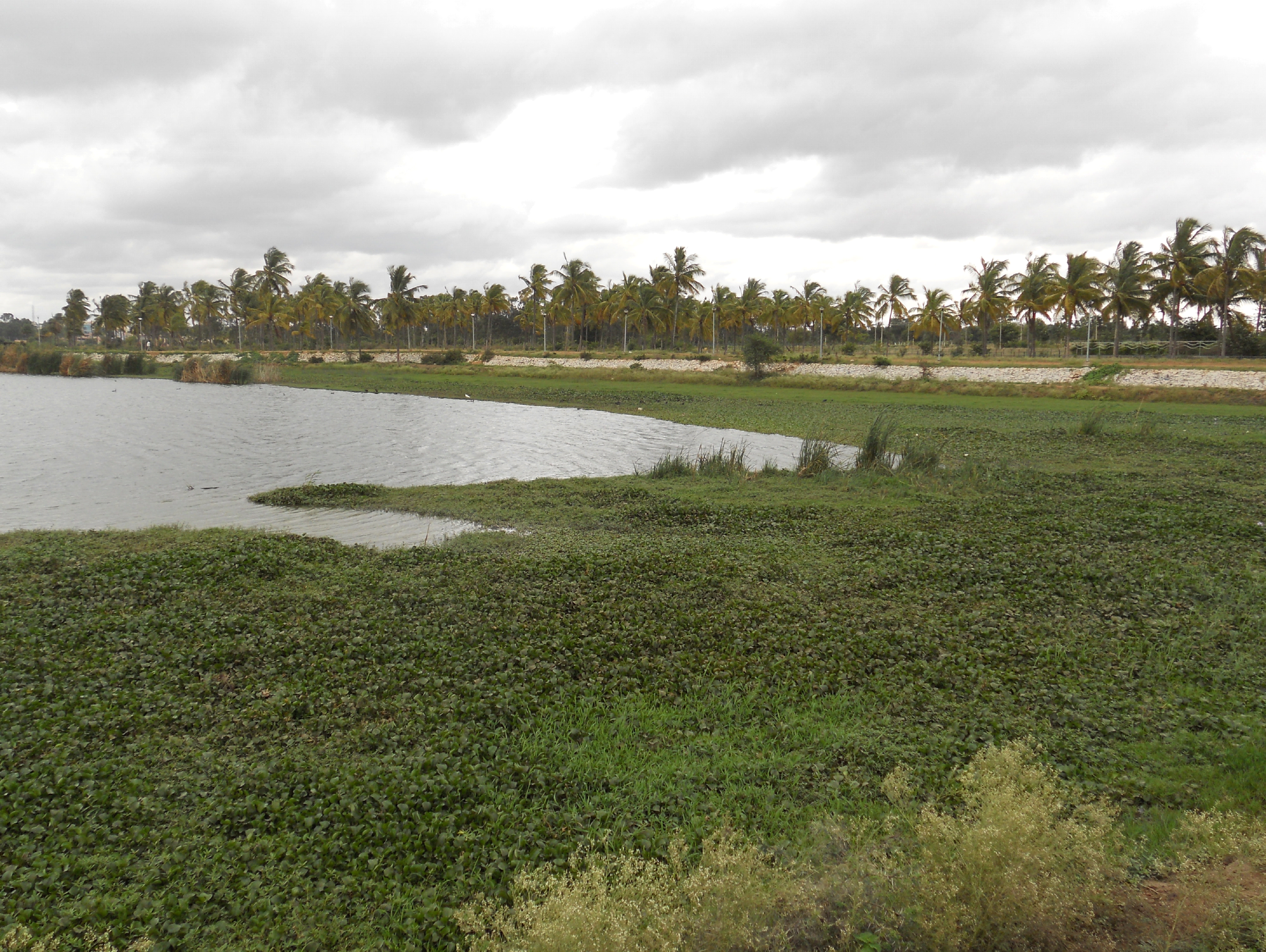 |
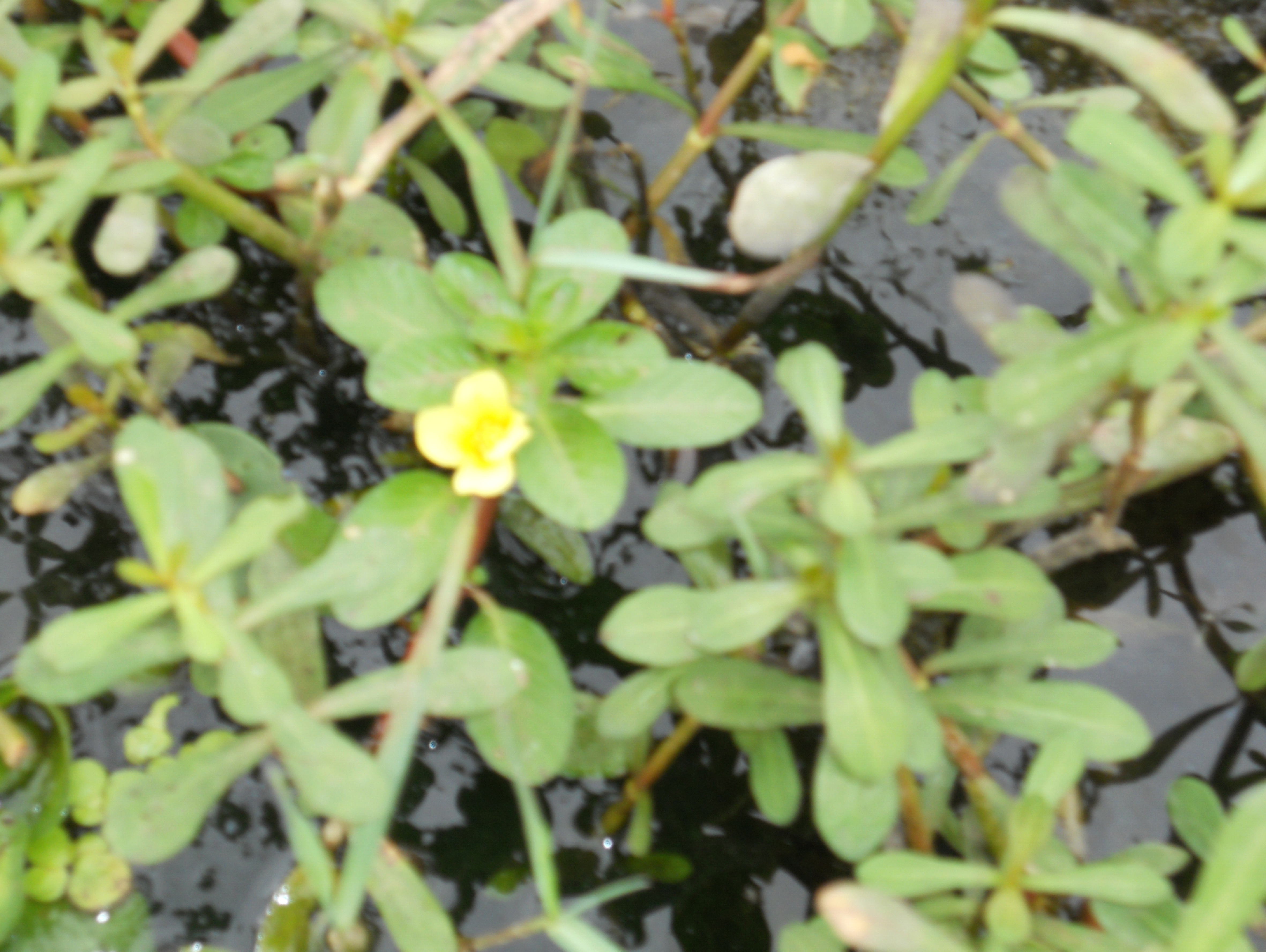 |
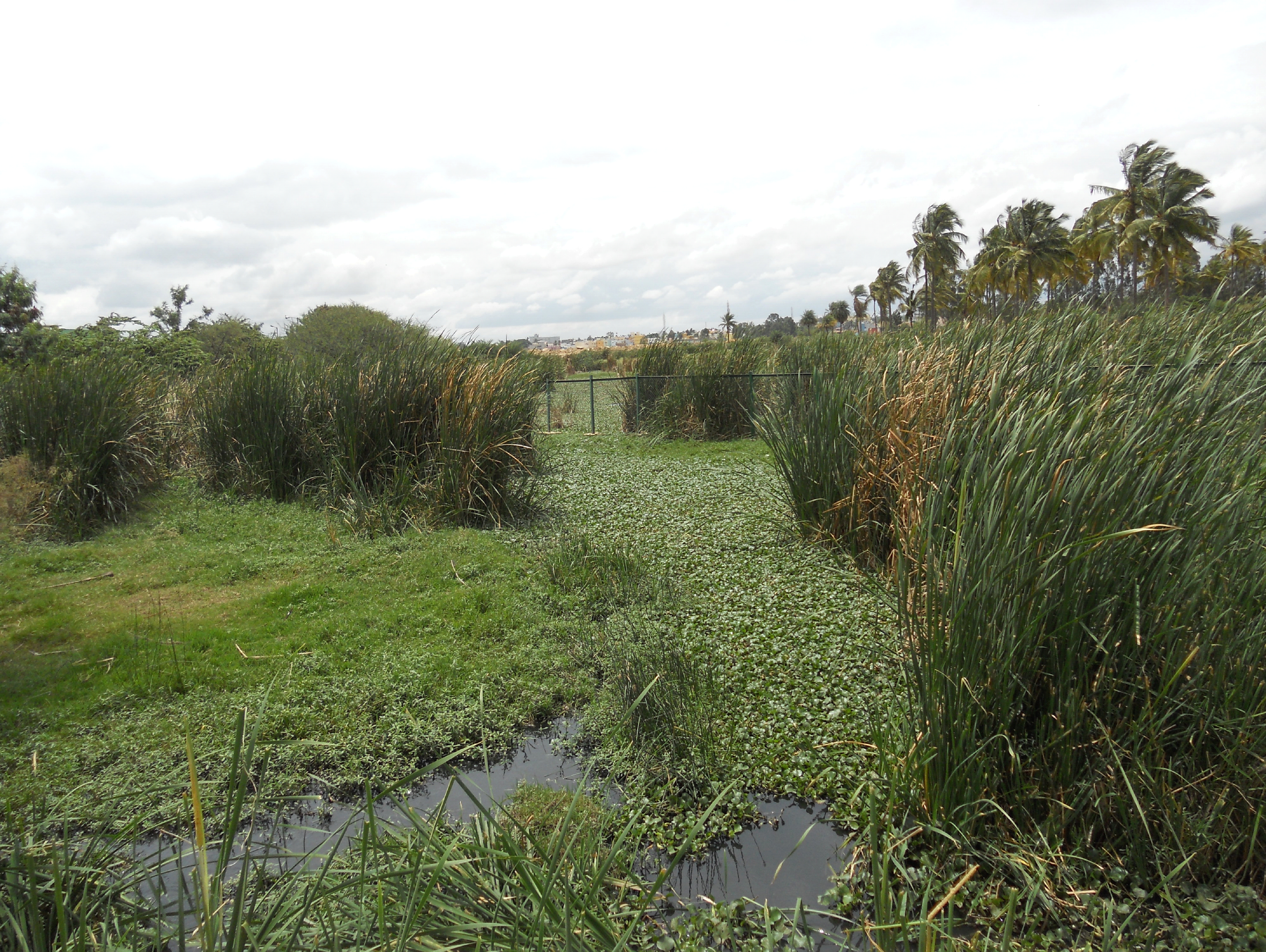 |
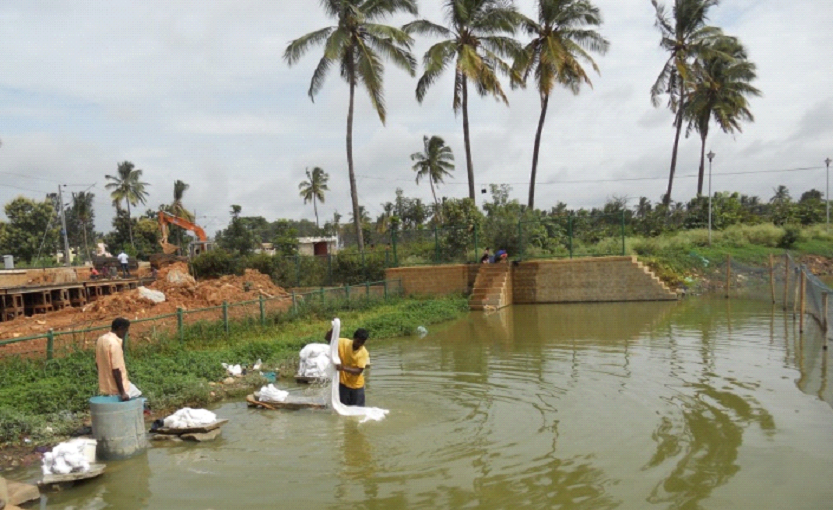 |
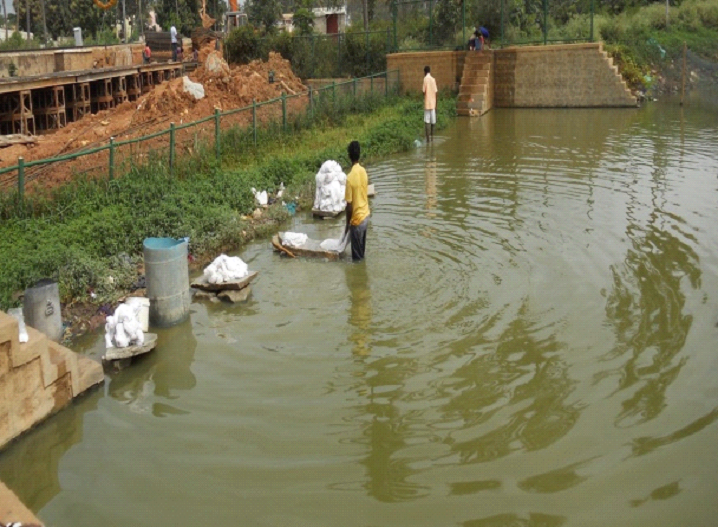 |
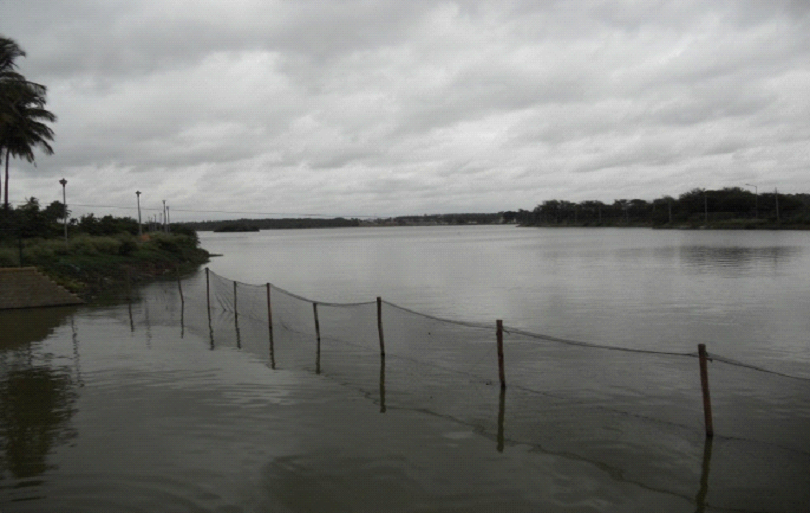 |
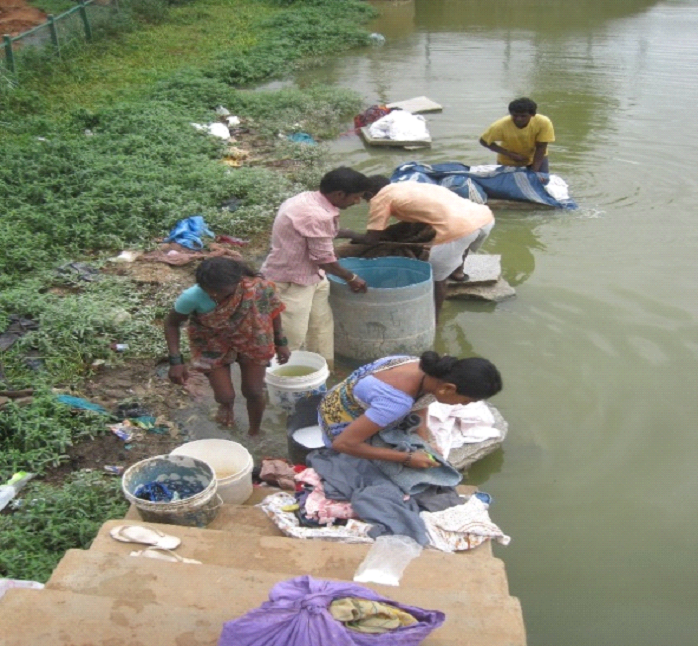 |
Outlet of the lake - people washing clothes (S1) |
|
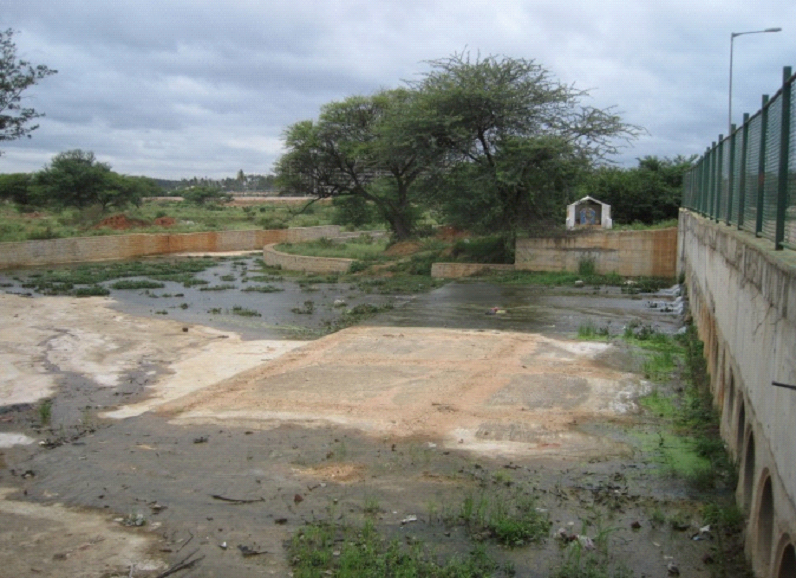 |
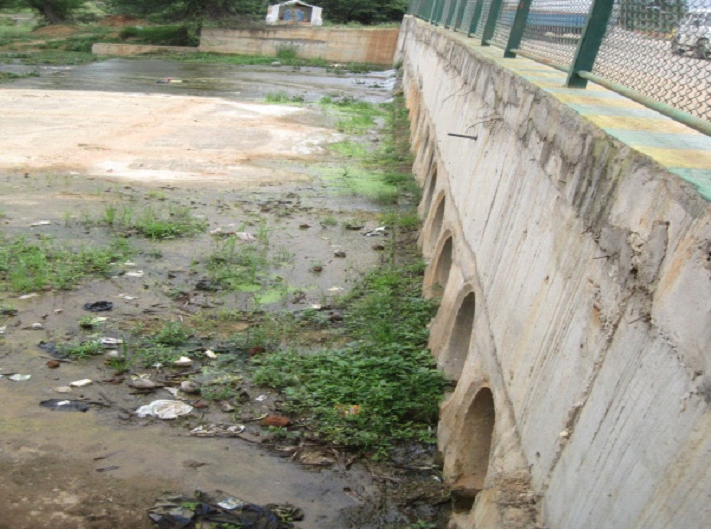 |
Second Outlet (S2) |
|
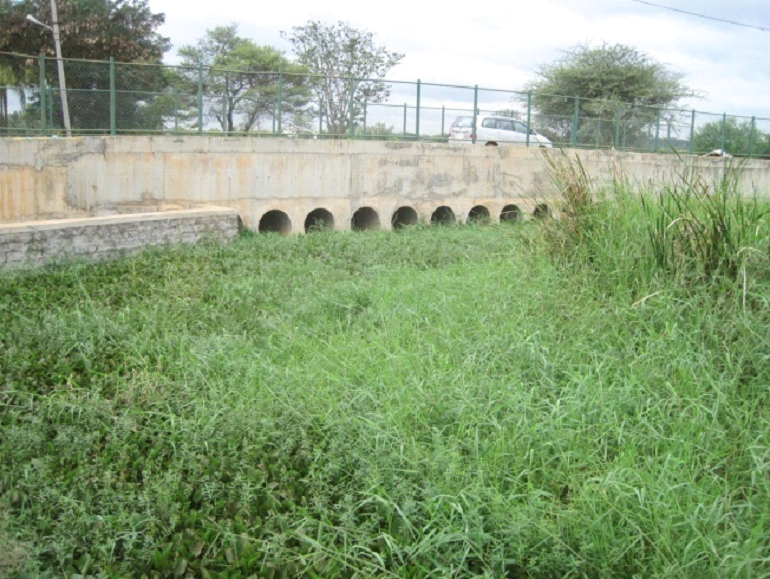 |
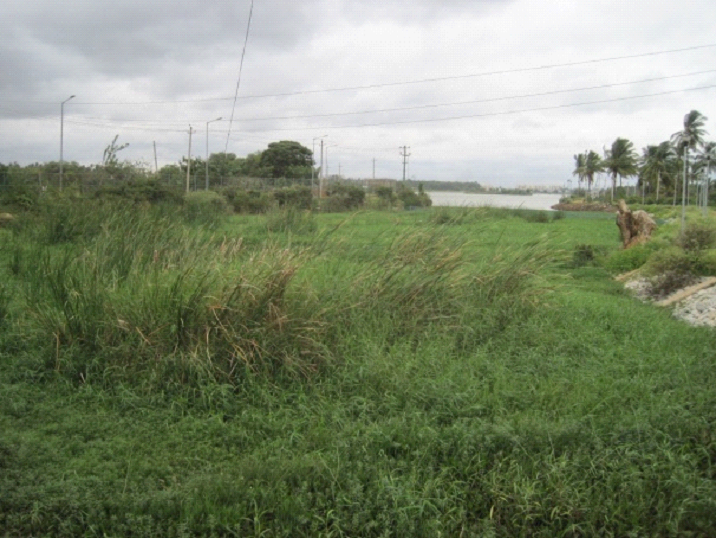 |
Macrophyte cover before outlet |
|
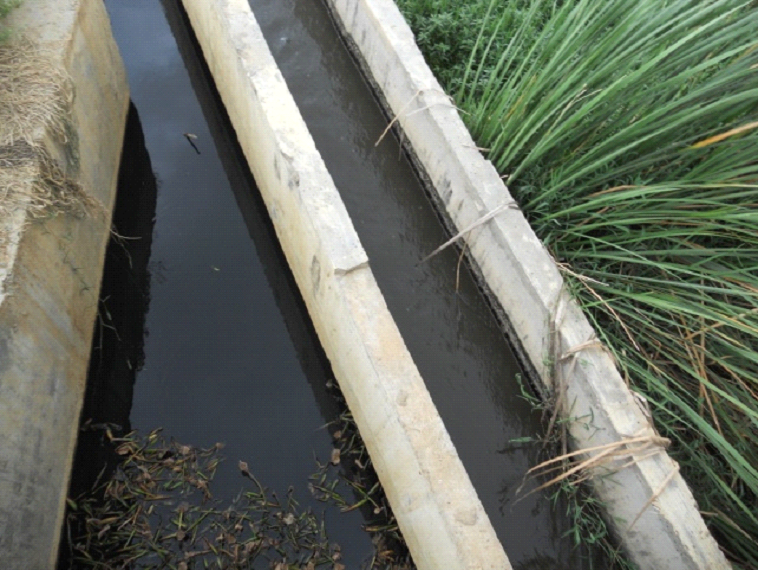 |
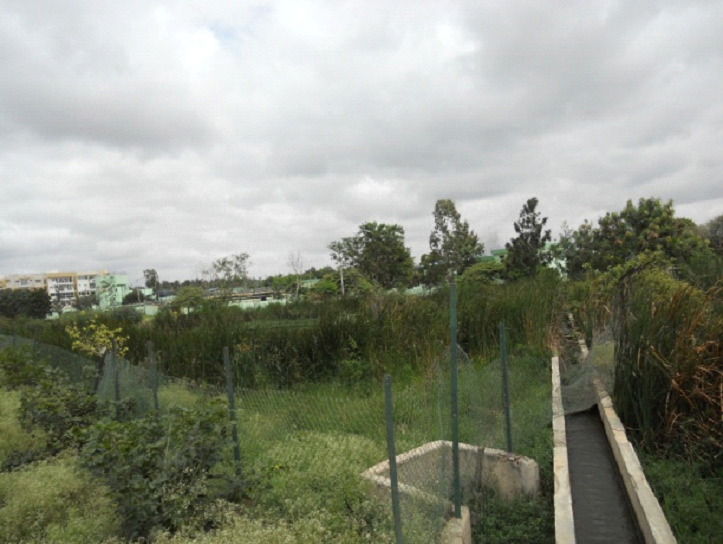 |
Inlet from treatment plant(treated water in channel and untreated beside) |
|
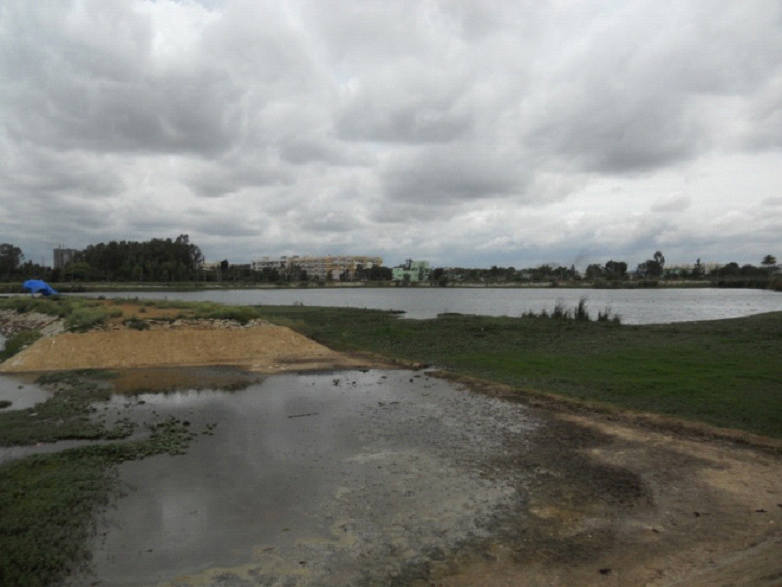 |
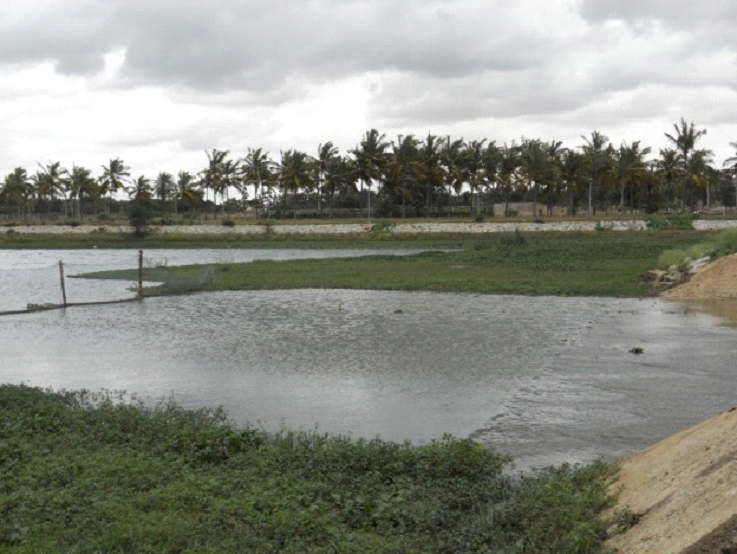 |
Inlet to the lake after algae pond(with macrophytes) |
|
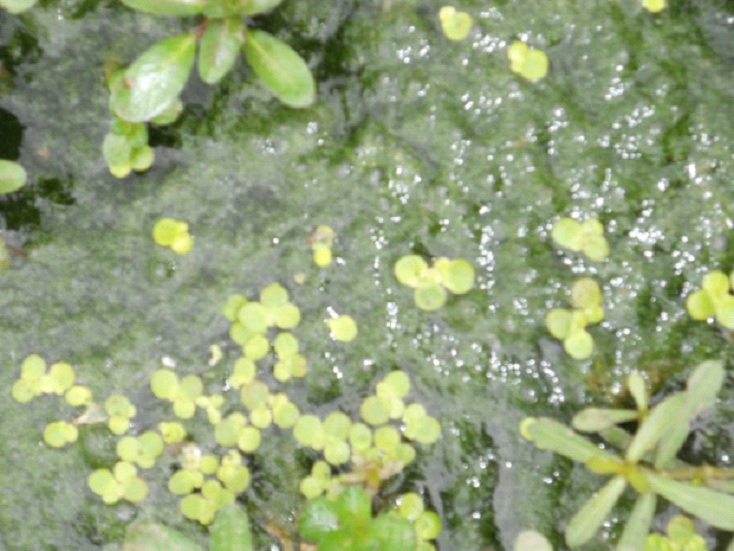 |
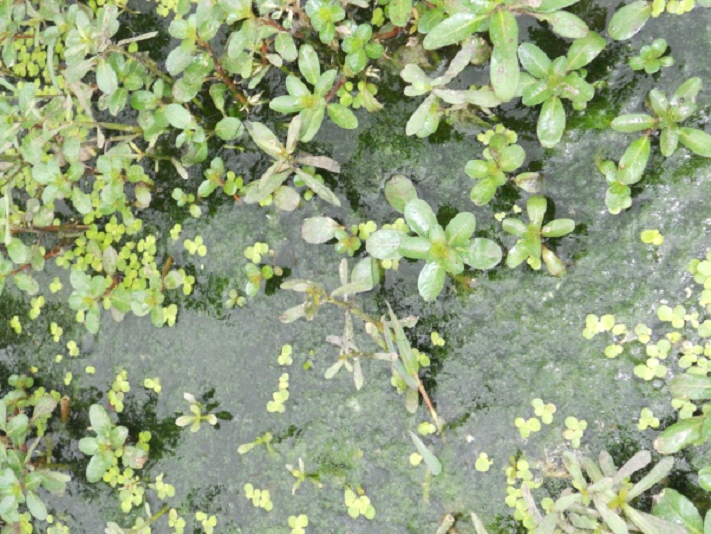 |
Algae and macrophyte in the algae pond(wetland) |
|
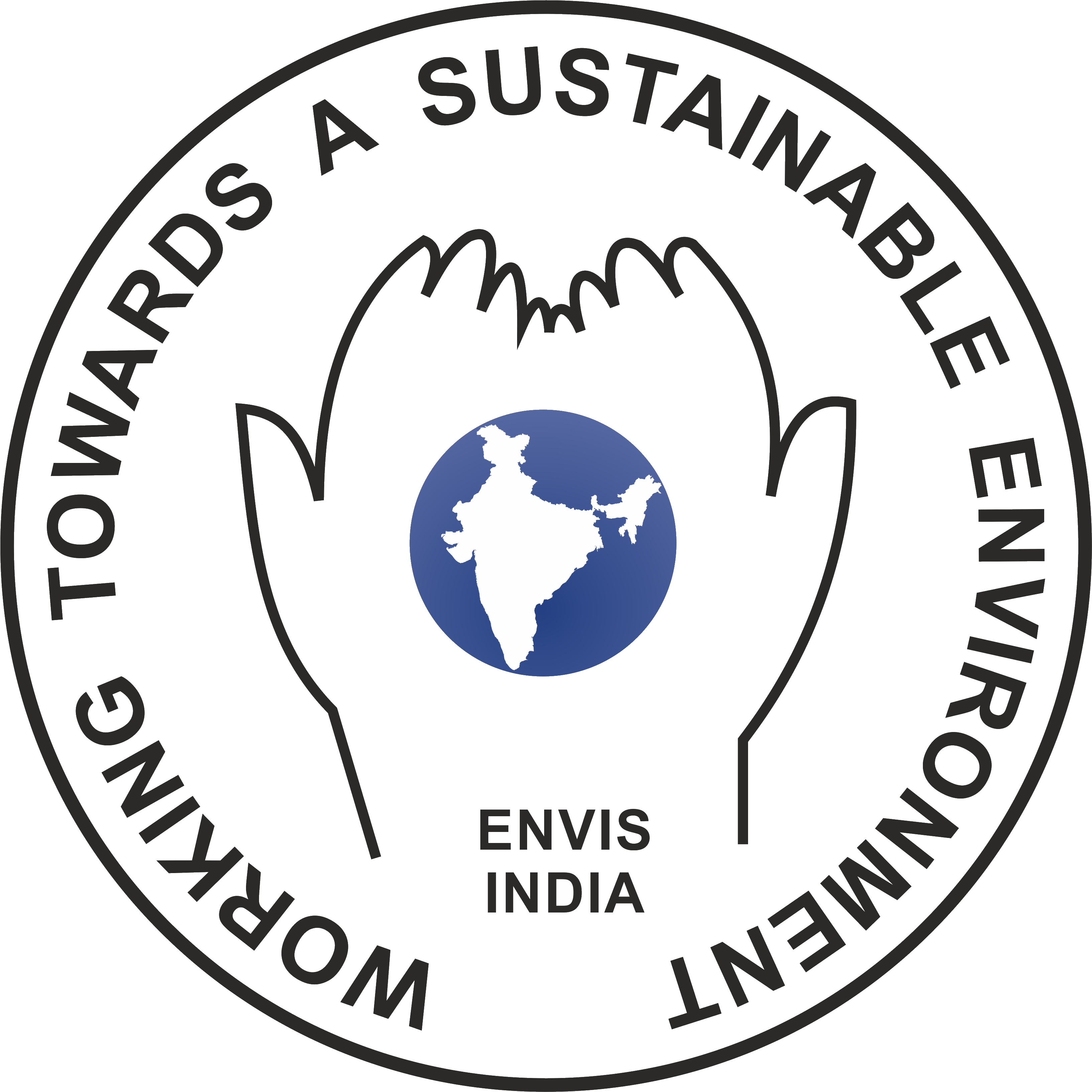

 Sahyadri ENews Issues: I - LXXVIII
Sahyadri ENews Issues: I - LXXVIII
